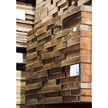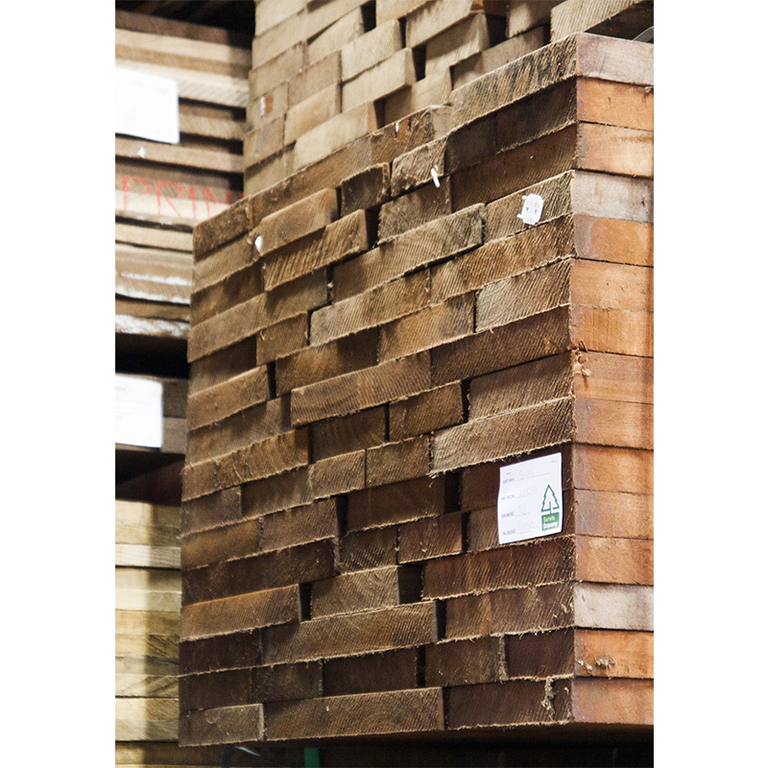Sapeli
Dodano do ulubionych
Usunięto z ulubionych
Brand: Serwis Drzewny
• Available
Price for m3
10 455,00
PLN
Amount
Produkt niedostępny w tej liczbie. Dostępna ilość:
Shipping time:
24 hours
Shipping cost
from 0,00 PLN
Ask for product
product description
reviews
Ask for product
Add your opinion
Powiadom o dostępności






